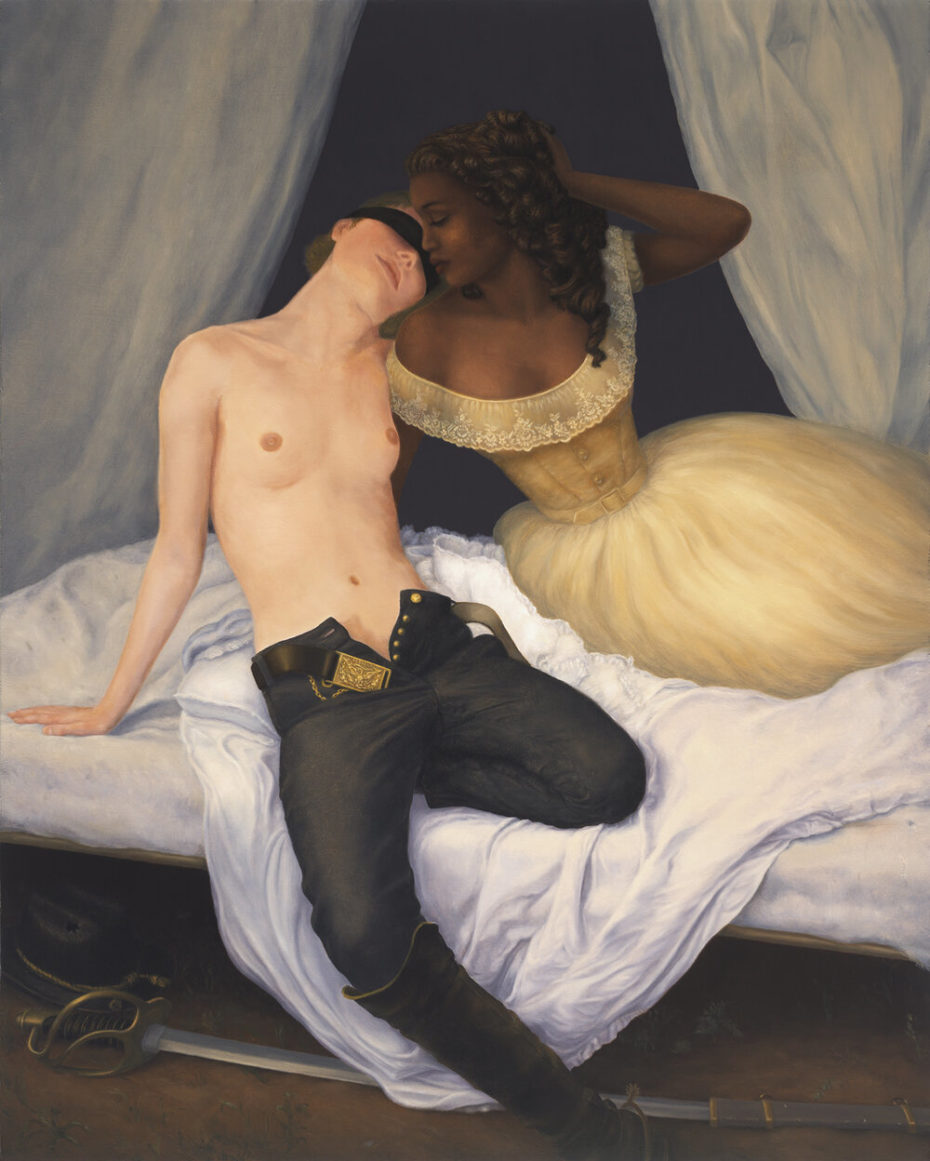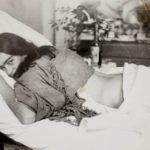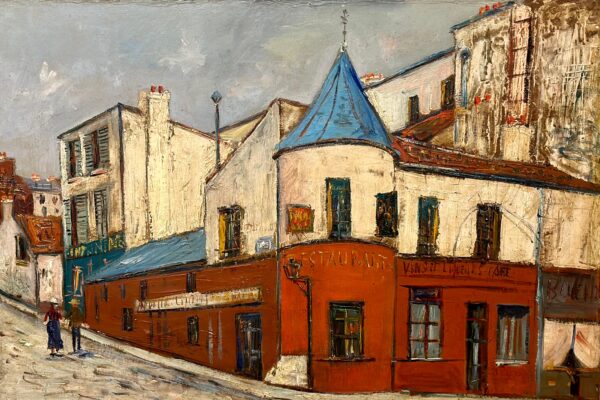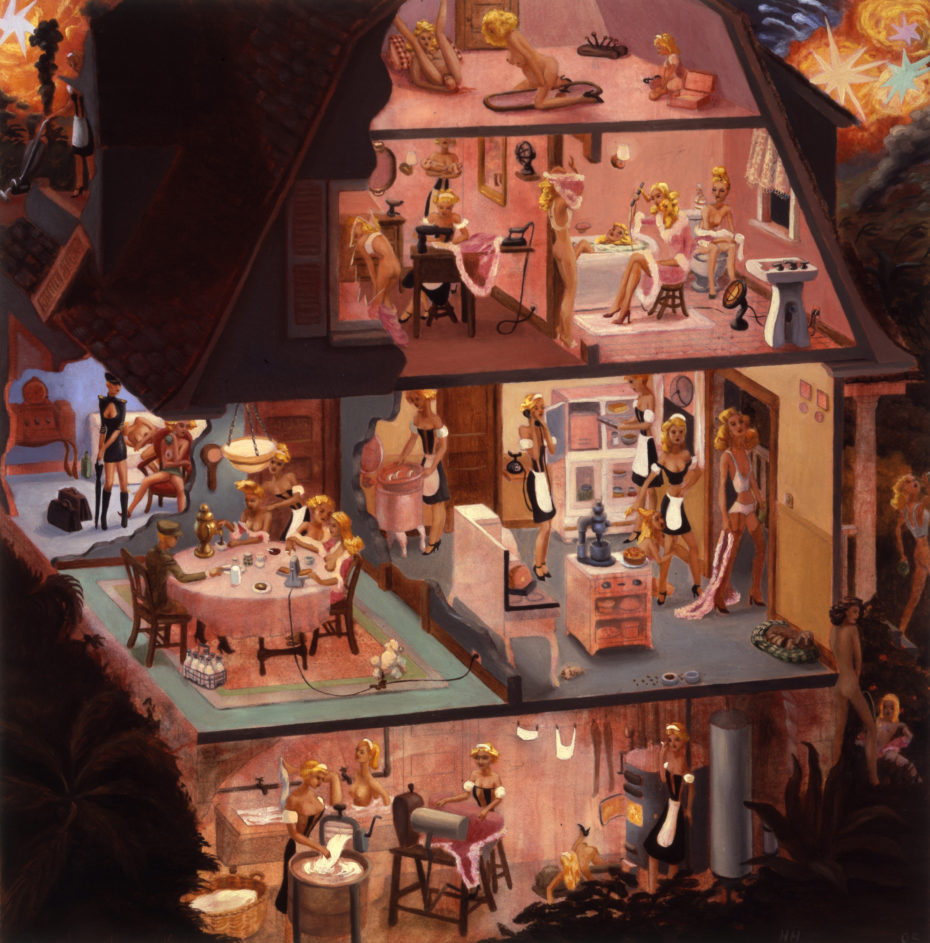
We’ve always got time for some incredible cutaway art. There’s just something about the attention to detail – the pure voyeurism – that makes it the ultimate eye candy. Today’s escape comes courtesy of American artist Hilary Harkness, whose cutaways are a veritable Where’s Waldo for adults, filled with raucous scenes of women dominating traditionally masculinised military scenes with an electrifying, devil-may-care attitude…
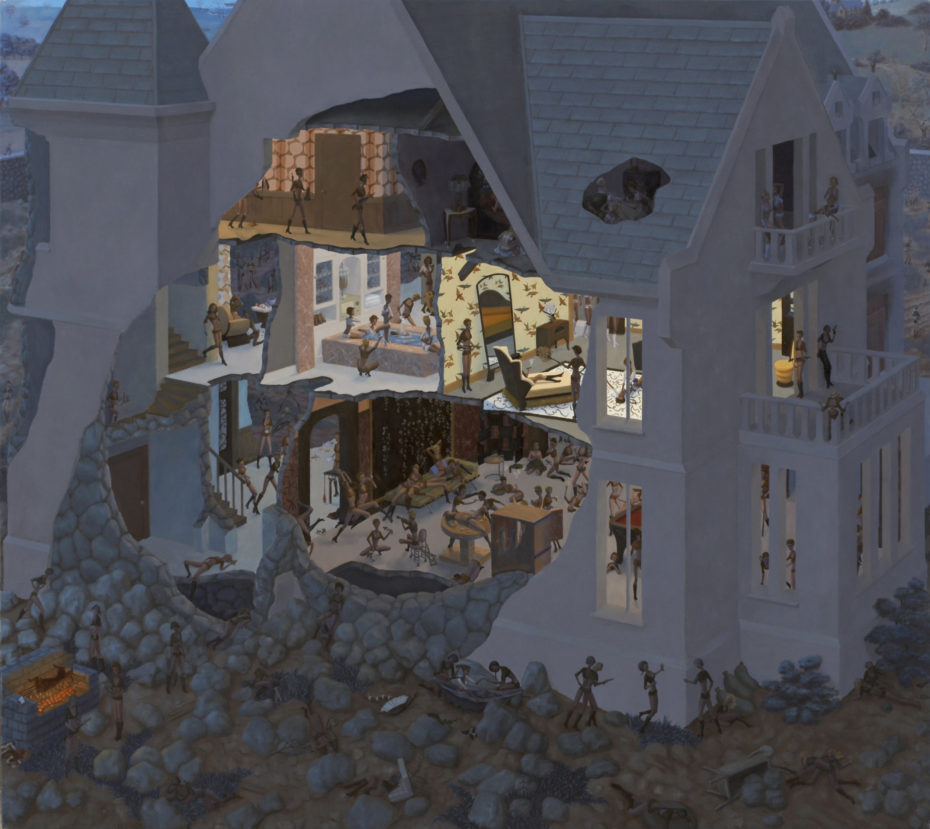
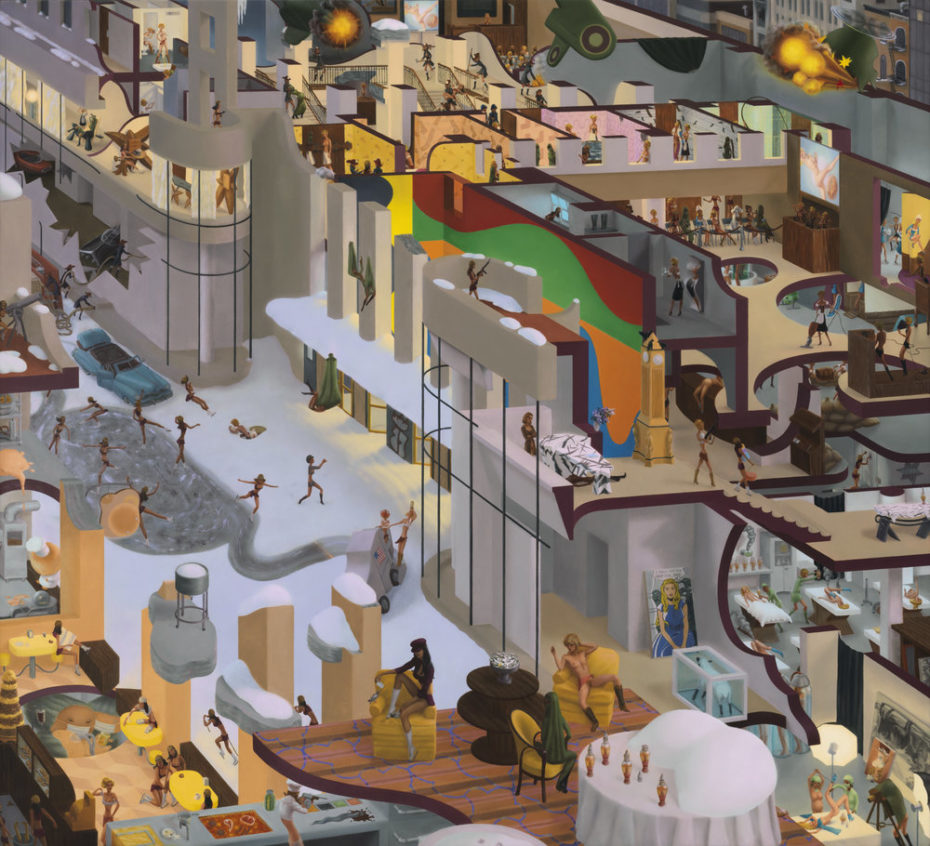
When Harkness was 20-years-old, she had a dream that Frida Kahlo told her what to paint. We like to think the spirit of Frida did touch down in her brain that night, because her work exudes the same liberating, unapologetic nature of female expression.
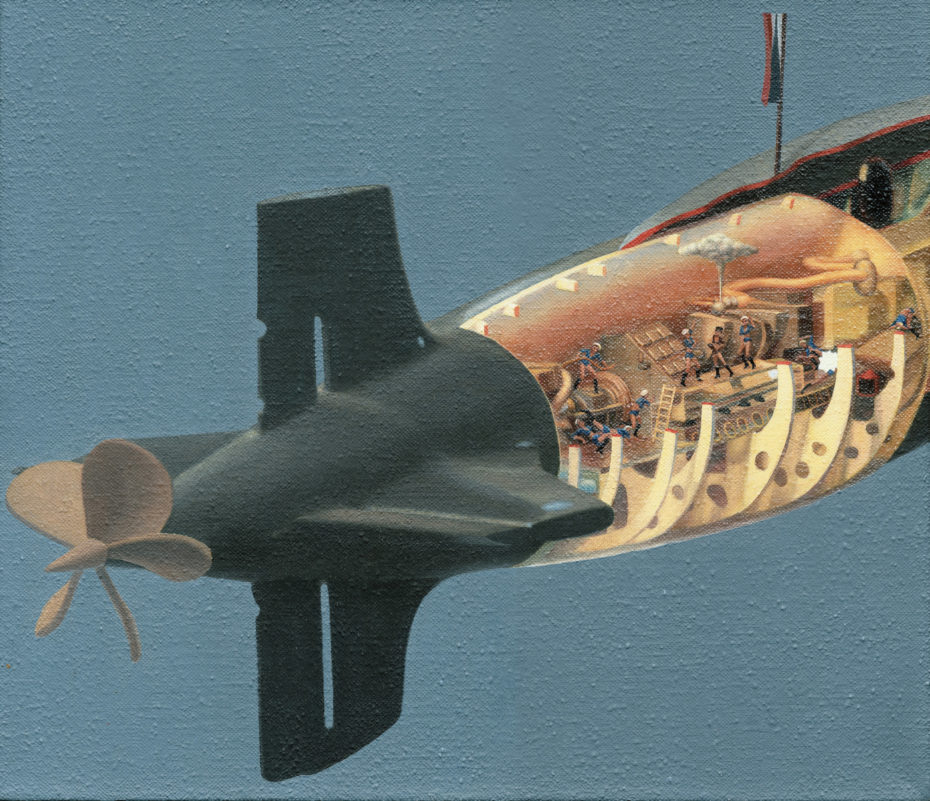
“In Harkness’s classic military paintings,” explains a press release for her 2013 show, “there are steely panopticons of surveillance and control, where hierarchies are underscored by the regimented bunks, cells, mess halls, machine rooms. But unlike the low-ranking minions swabbing the decks, the viewer has full access into restricted, don’t-ask-don’t-tell areas, where law and order may not exist.”
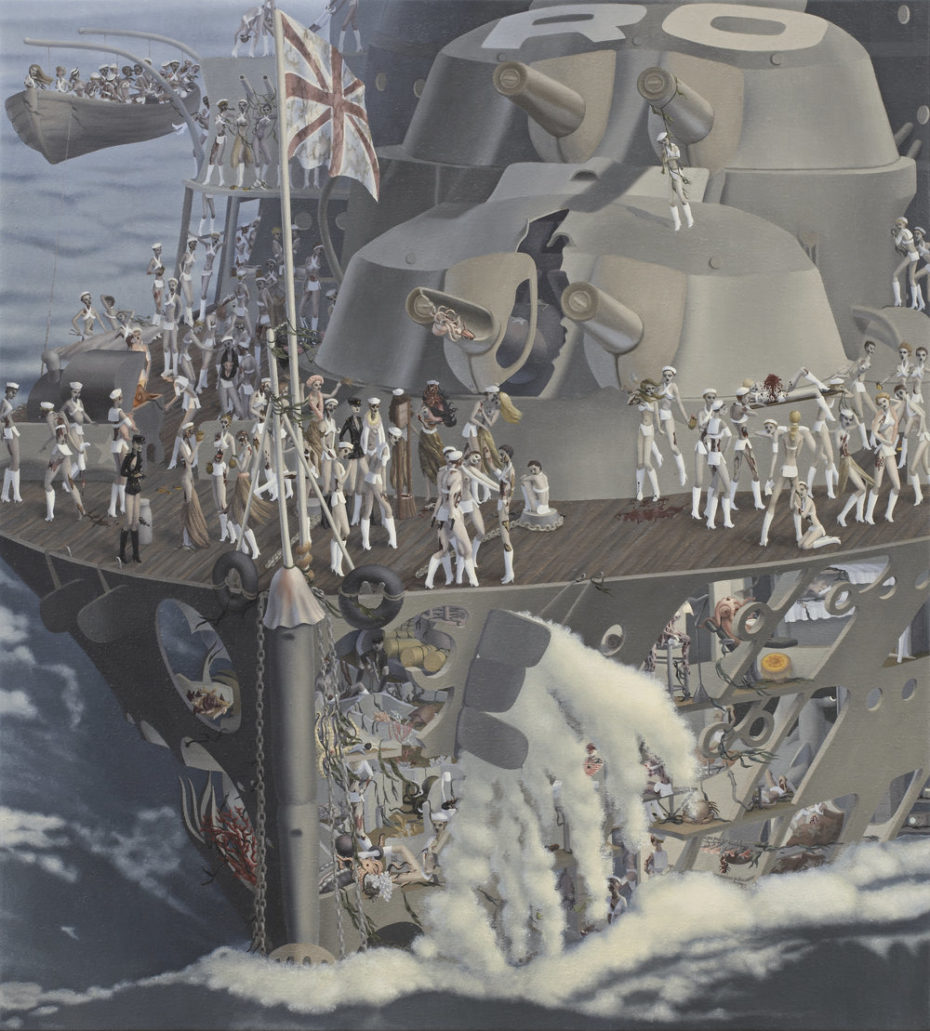
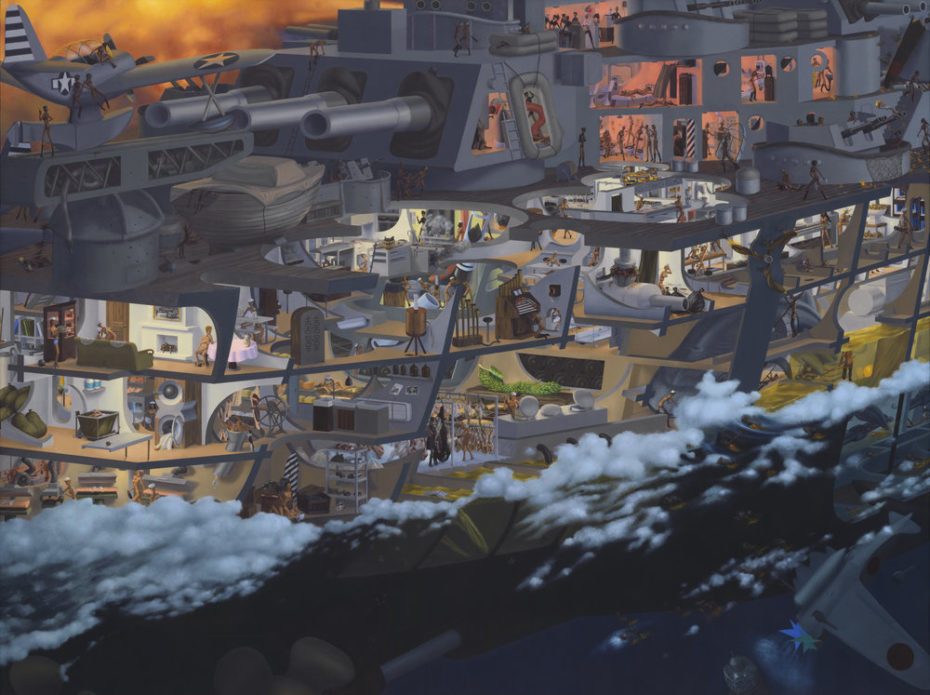
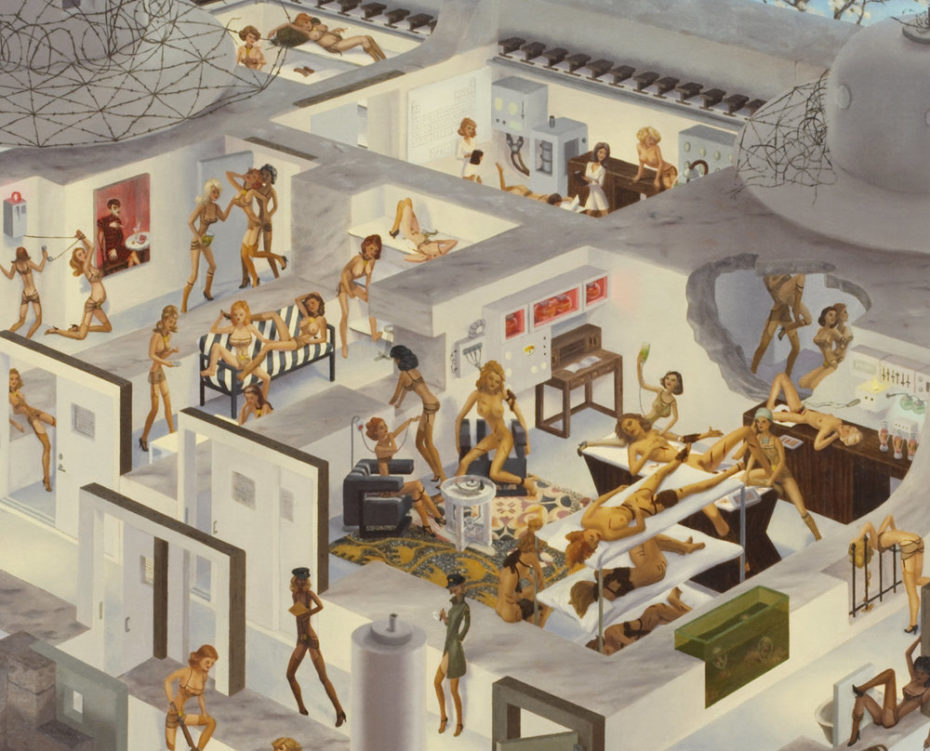
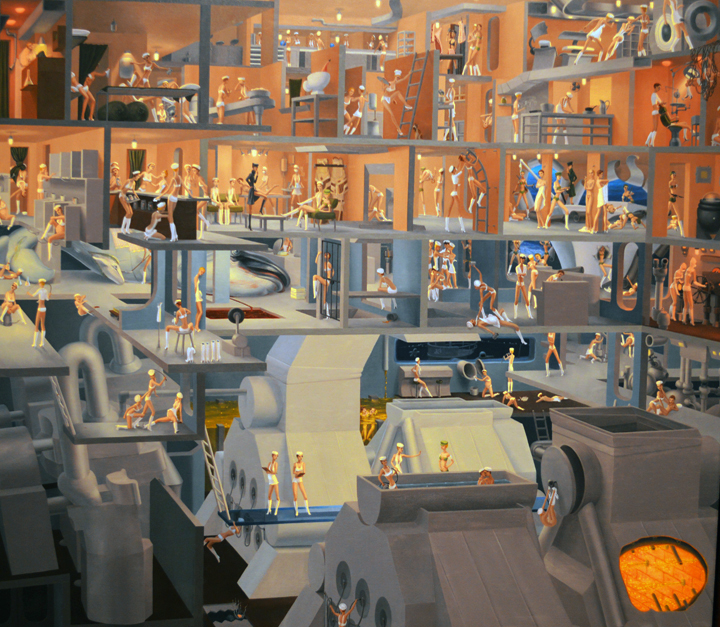
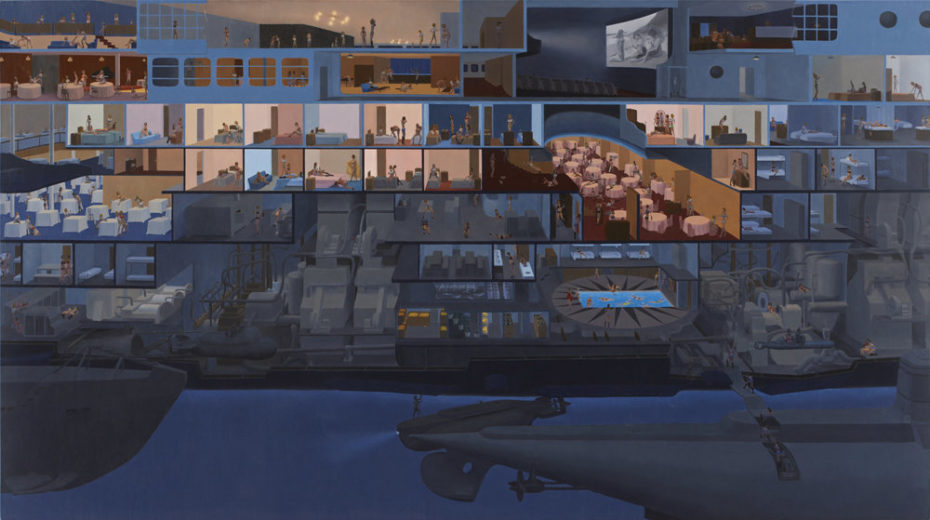
“Sex, war, reproduction, class systems, free markets, manifest destiny, and scientific experimentation all play out in an uncensored stage–yet are still tethered to historical moments and real world settings.” That includes everything from submarines and warships…
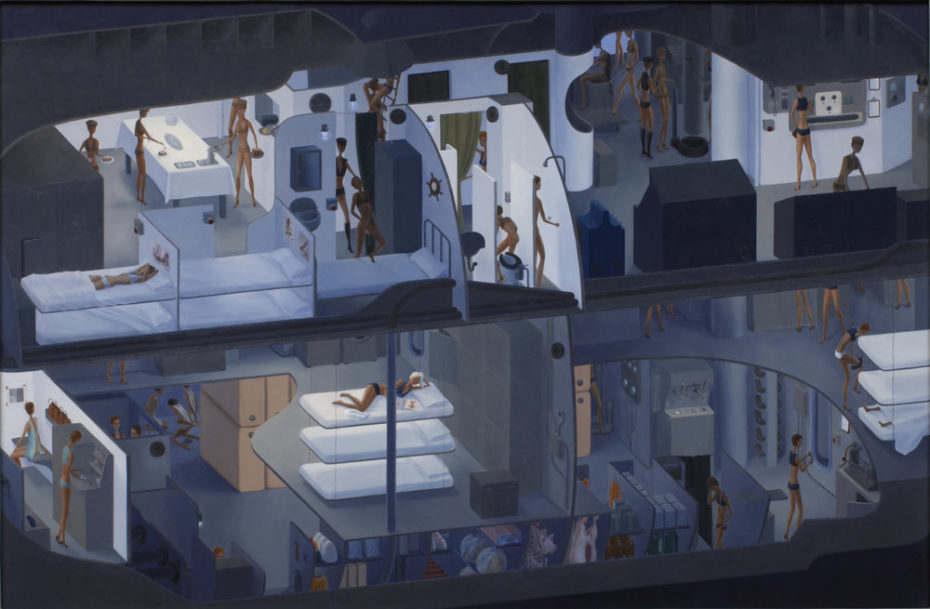
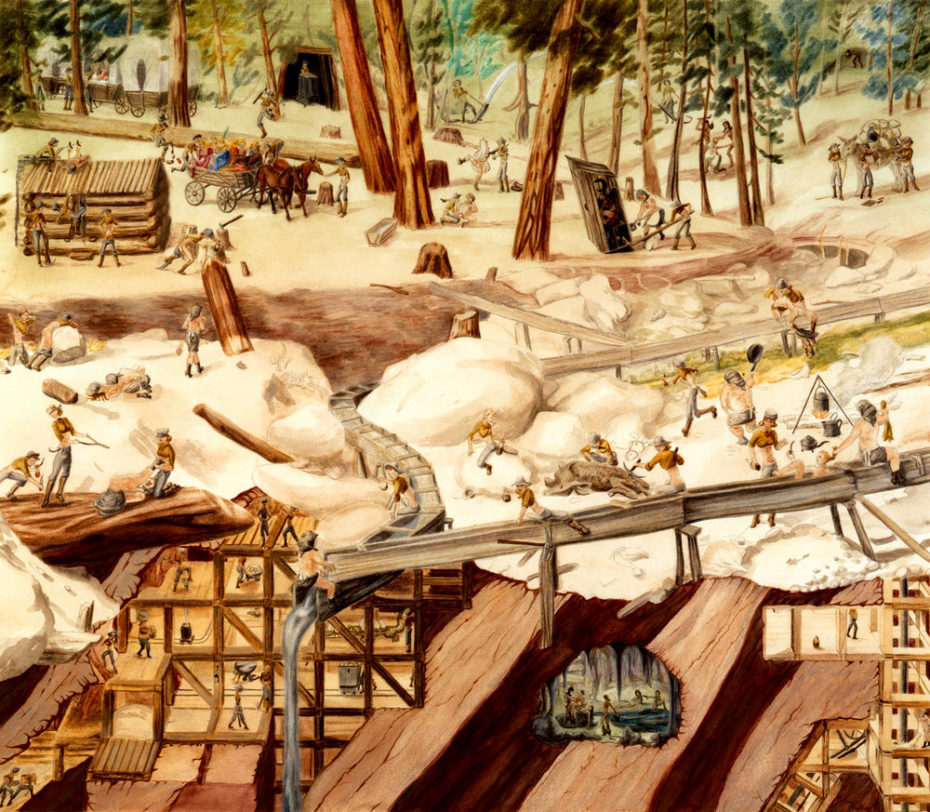
…to women at work in a gorge. “In my family, if you wanted something, you either made it or grew it,” she told Huffpost in 2012, “When we needed a back door, my father used a chainsaw to make a hole for it. In a nearby forest I captured frogs, whittled spears, and looked for edible plants. It was a back-and-forth between imagination and creation; neither was an end.” Explains so much.
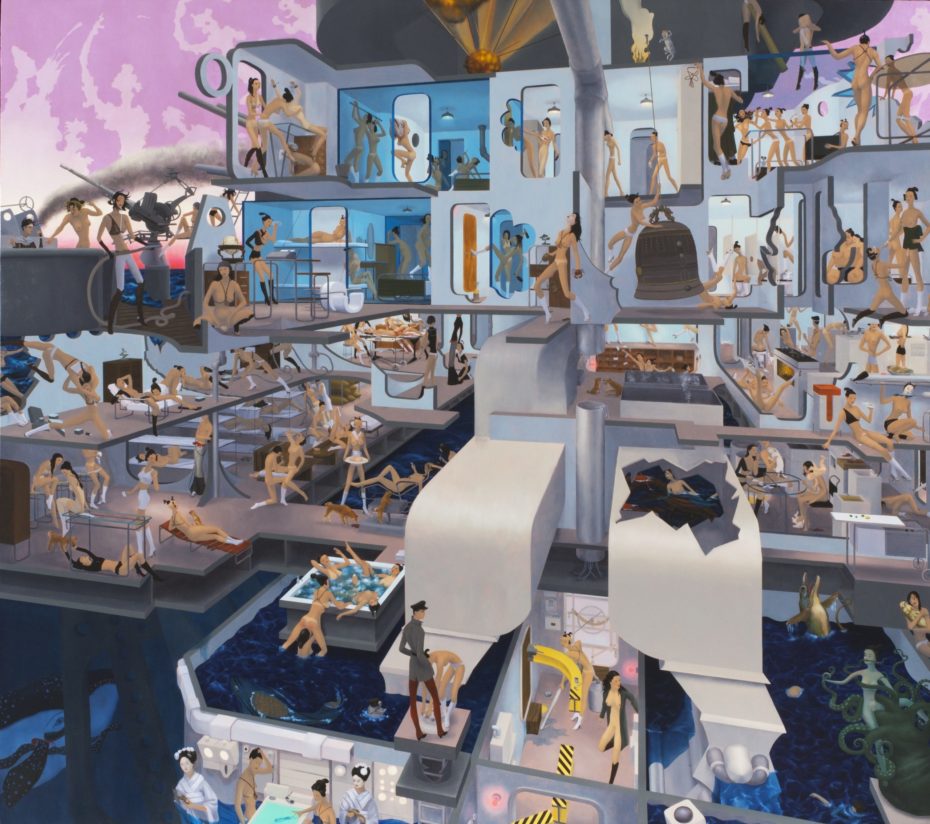
These cutaways are just the tip of the iceberg when it comes to Harkness’ work, which captures the collision – or perhaps, boiling point – of technology, sex, and capitalism; gender roles, class, and of course history.
Some of Harkness’ most thrilling recent work, for example, is called “Prisoners From the Front,” and was inspired by the iconic Winslow Homer painting of the same name. Using the 1800s painting as a launching pad, she created a series of works that revisited race and power dynamics. Here’s the original:
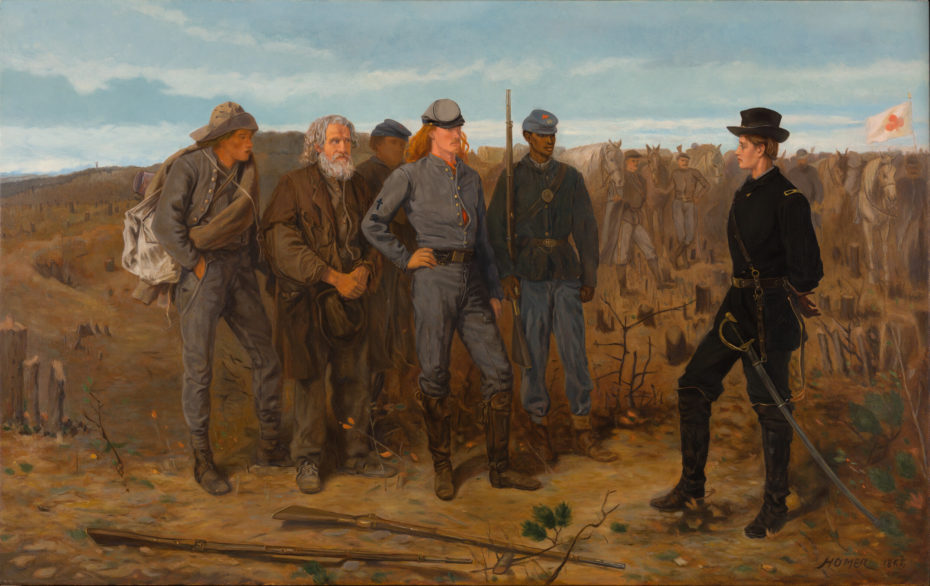
And here’s one of Harkness’ paintings, which introduces the imagined romance between a prominent African American woman named Arabella, and a gender-fluid Union soldier. Fun fact: the Arabella is modelled after Harkness’ wife.
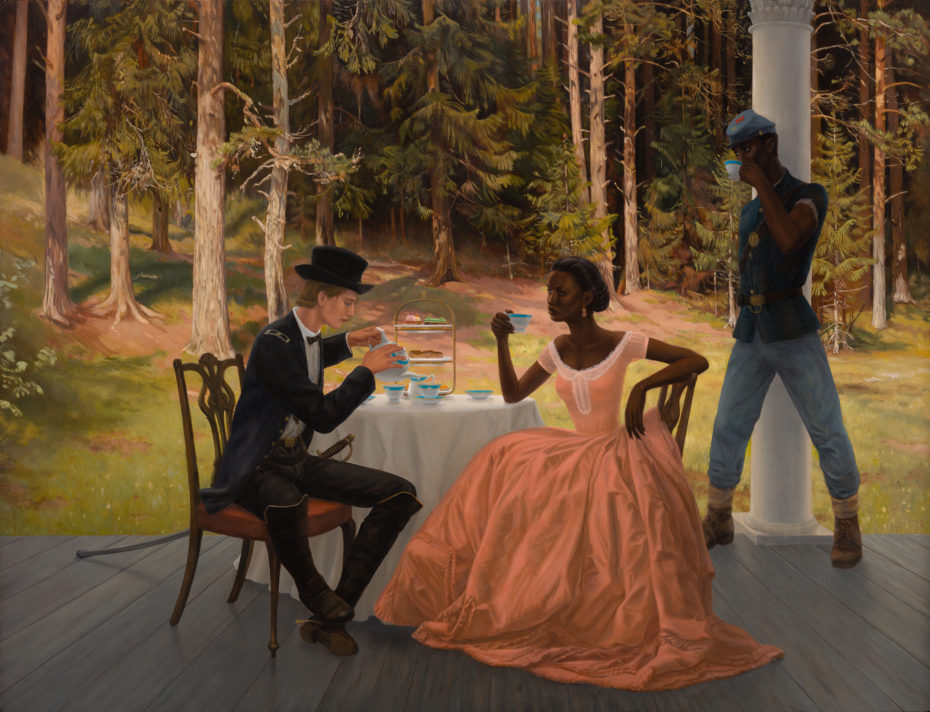
“Arabella hires the General to transport Confederate prisoners to Winslow Homer’s New York studio to commission the painting that will become Prisoners from the Front,” explains Harkness’ representation, New York City’s beloved P.P.O.W. Gallery, “Romances bloom, loyalties are tested and new alliances are forged as the party traverses America from Virginia to New York to the Frontier.” Talk about a revolutionary take on Manifest Destiny.
